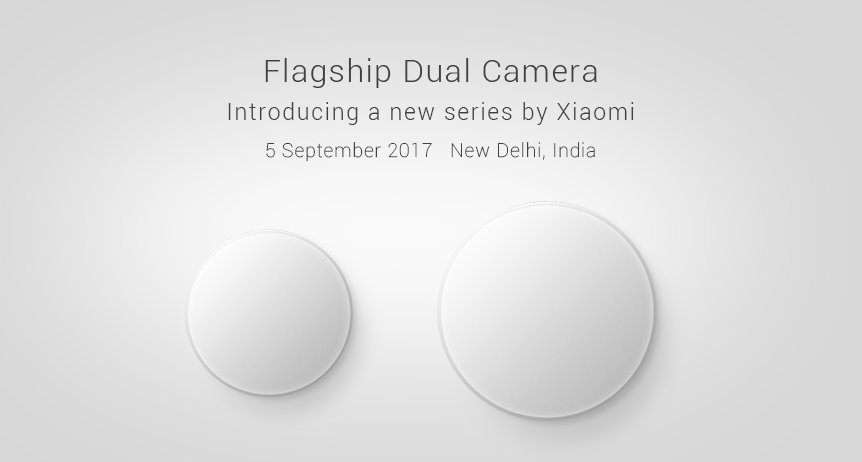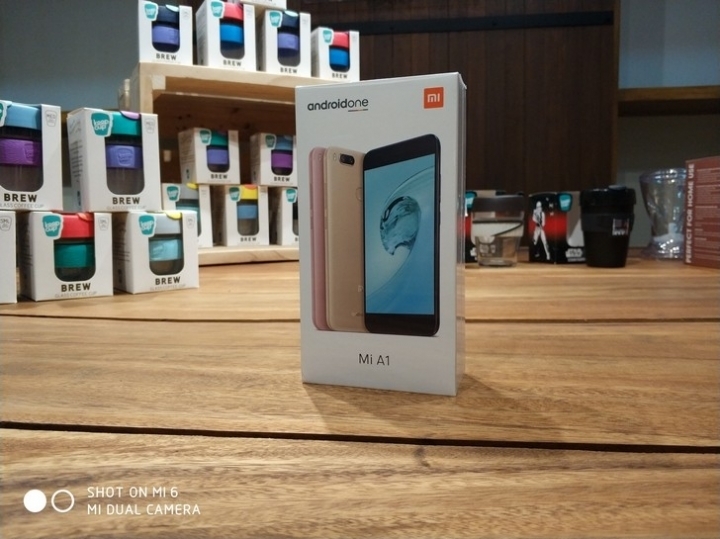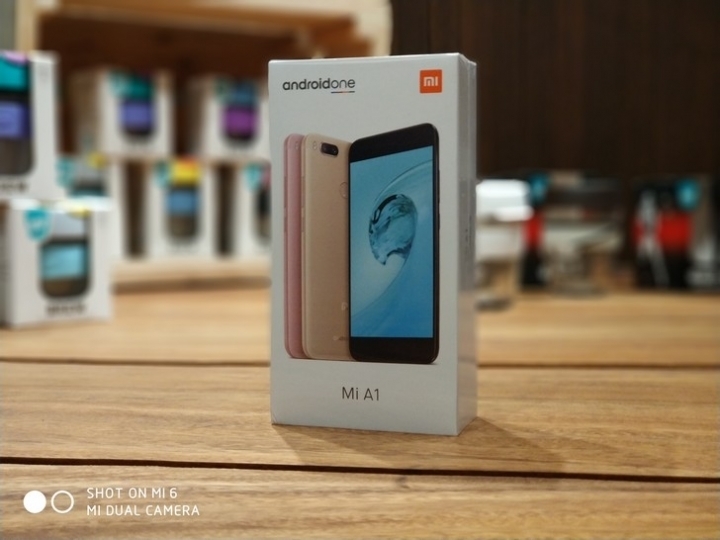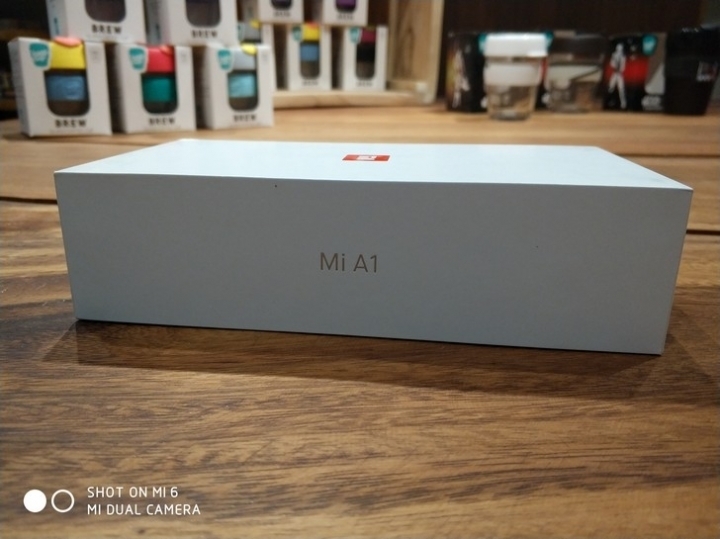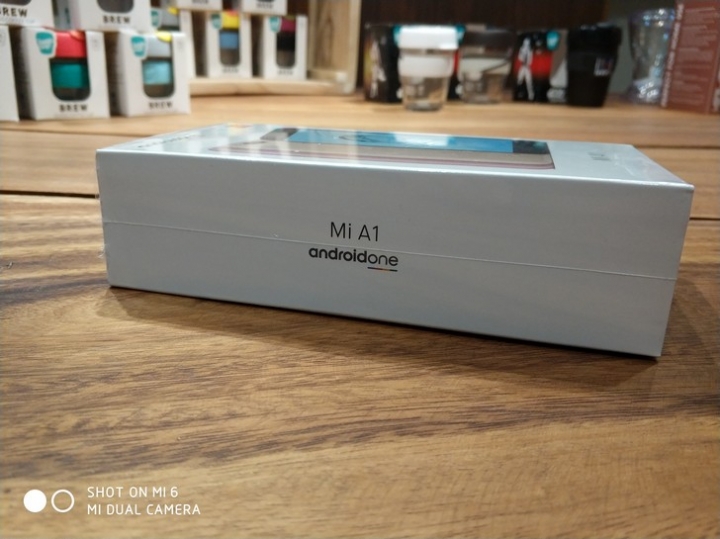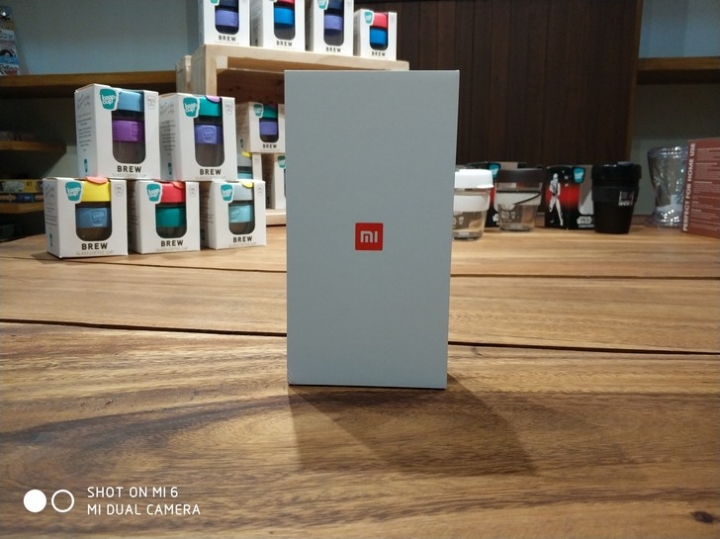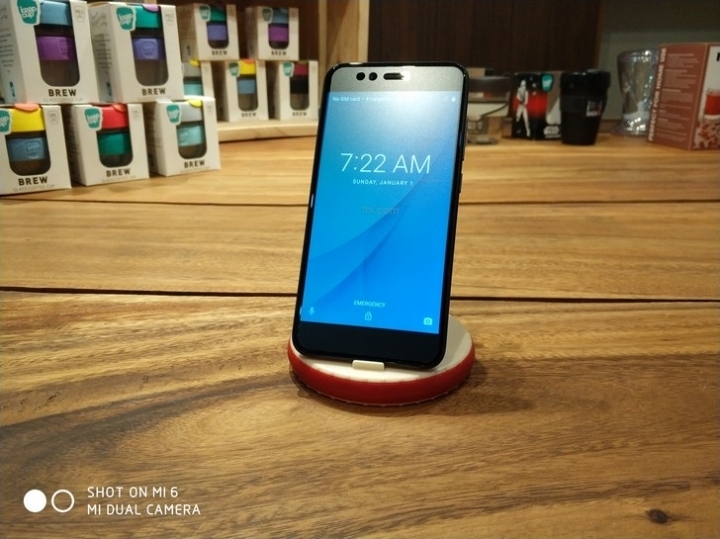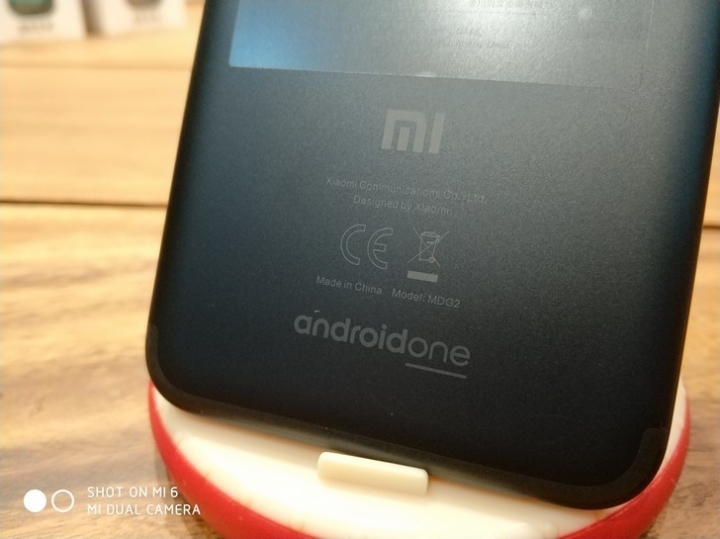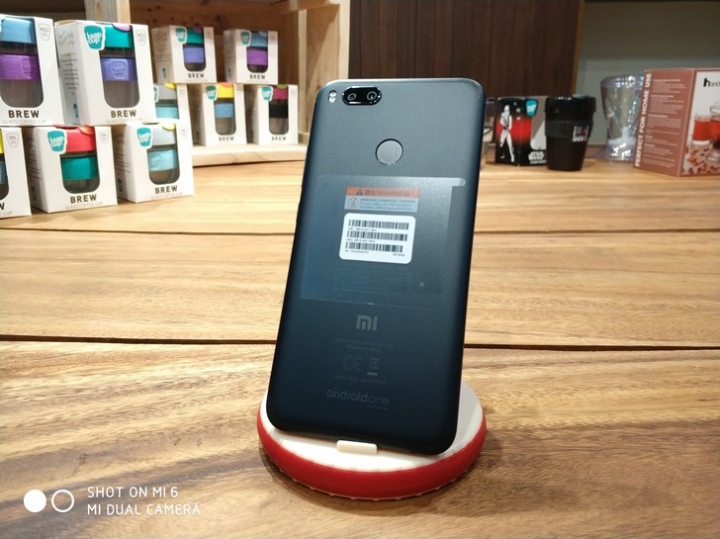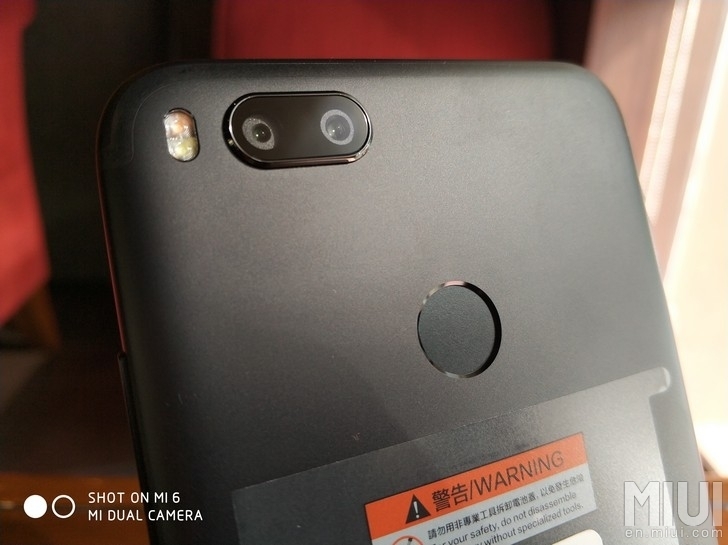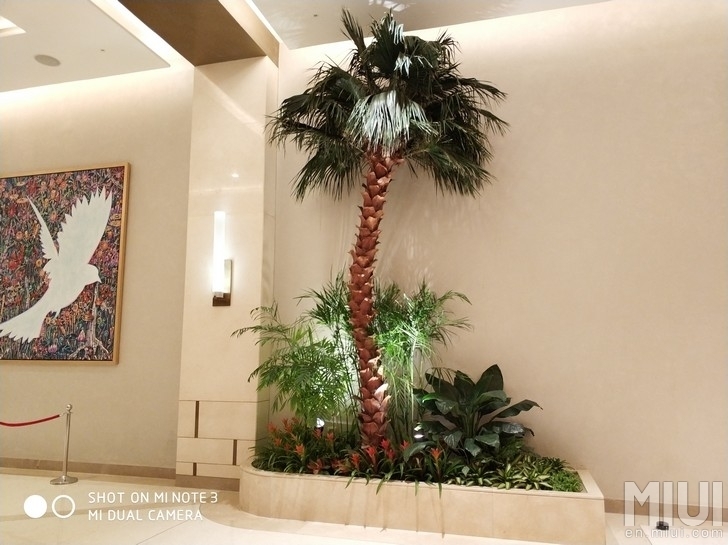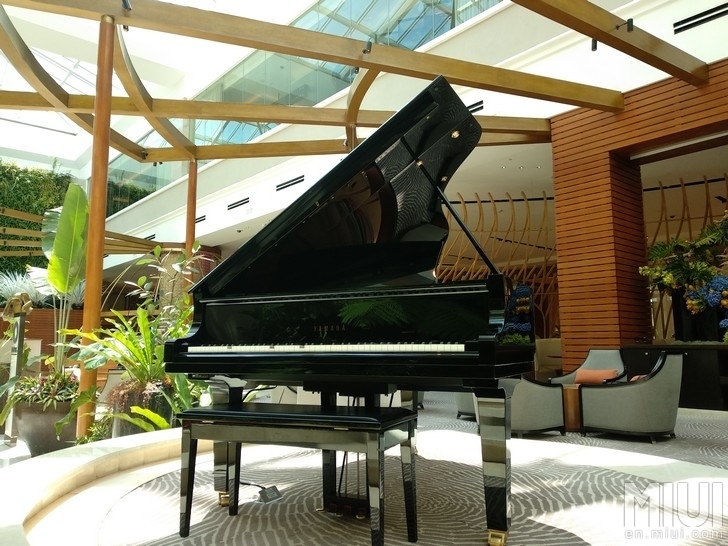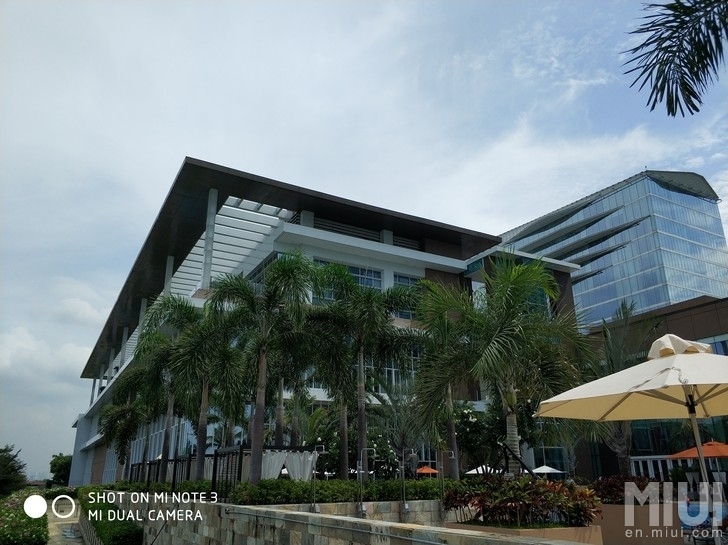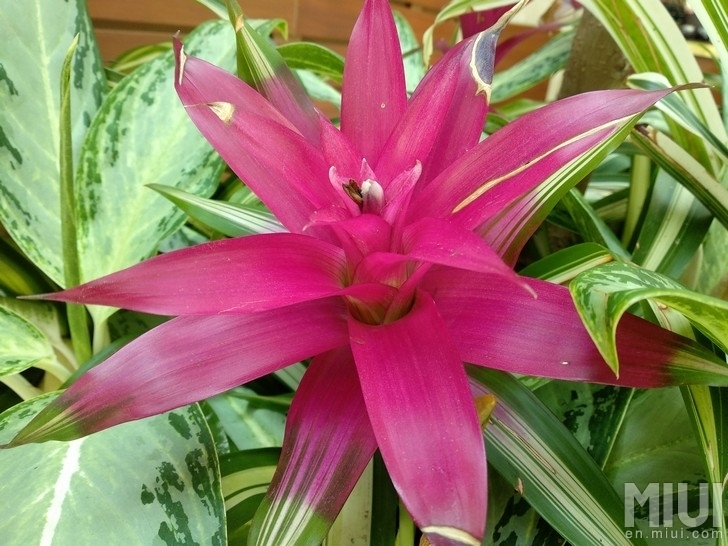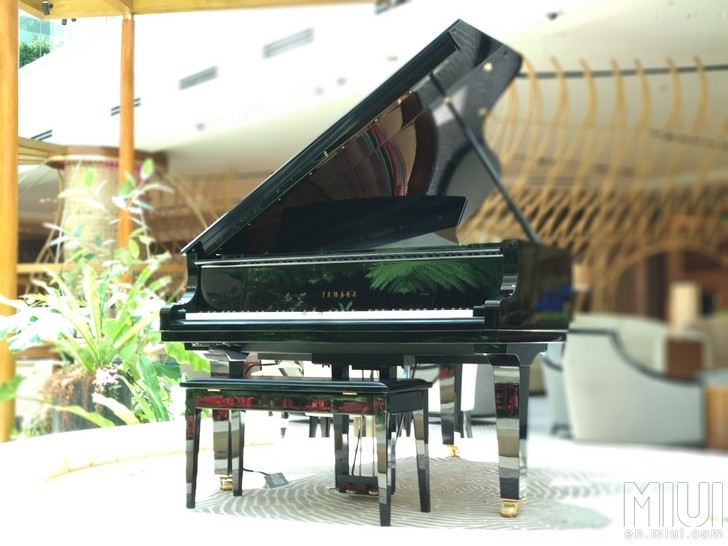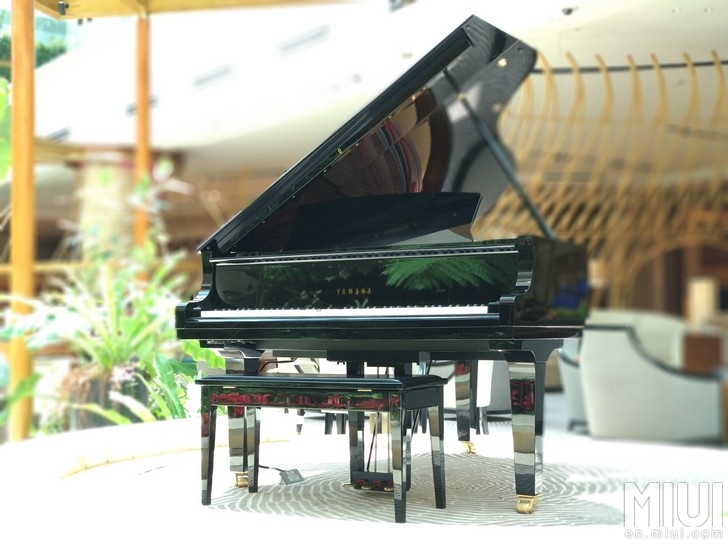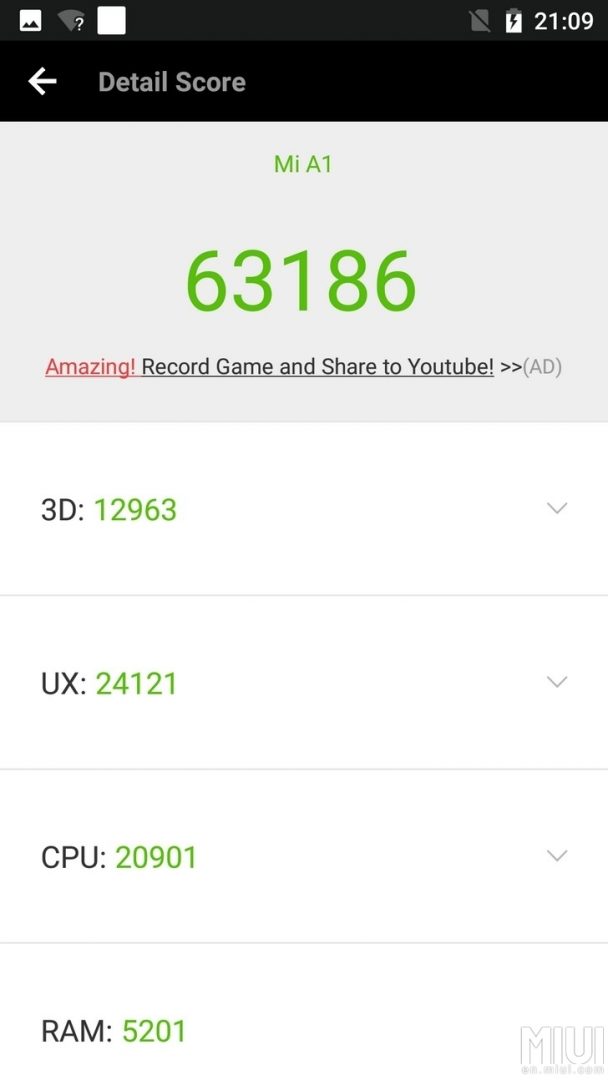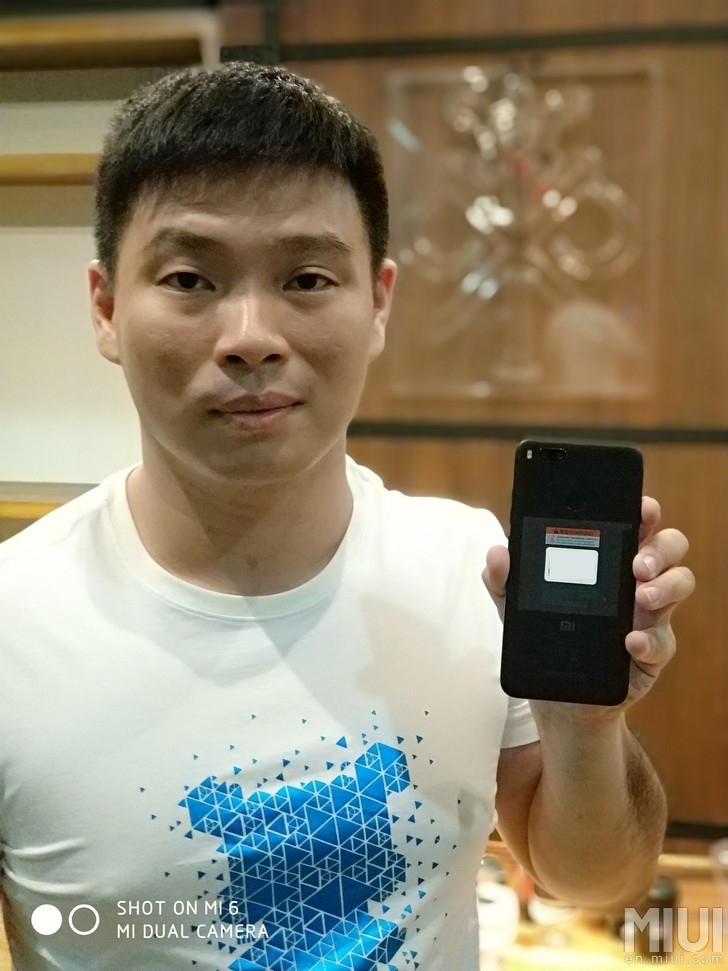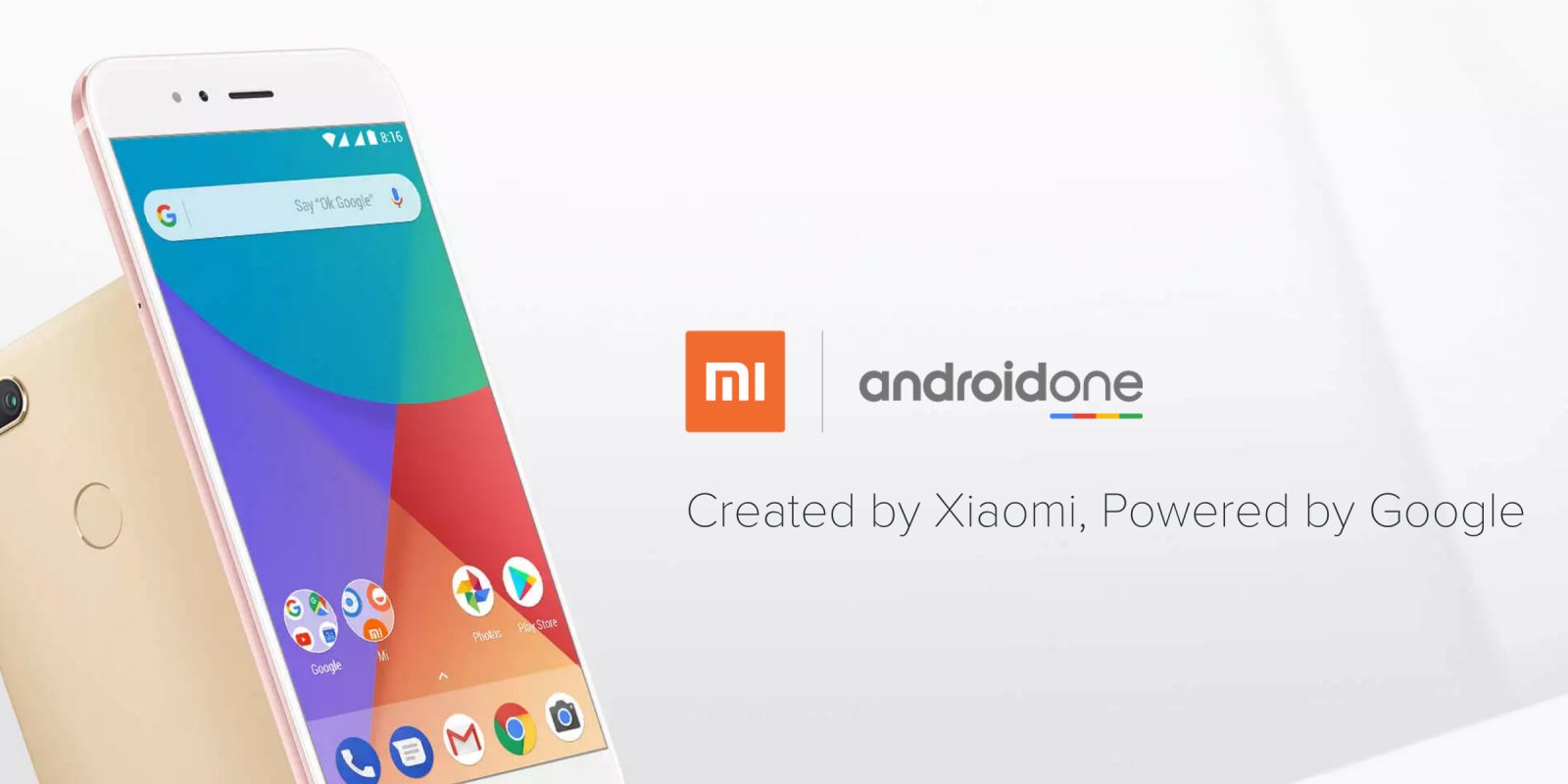 At 8:30am local time on 5 September, Xiaomi unveiled its phone, which had been announced weeks earlier with a huge advertising campaign with only #FlagshipDualCamera and #XiaomiGlobalLaunch tags. It was the Xiaomi Mi A1, the first Android One phone on the market. This was the first you can find the report here.
At 8:30am local time on 5 September, Xiaomi unveiled its phone, which had been announced weeks earlier with a huge advertising campaign with only #FlagshipDualCamera and #XiaomiGlobalLaunch tags. It was the Xiaomi Mi A1, the first Android One phone on the market. This was the first you can find the report here.
Xiaomi Mi A1 specs:
- Qualcomm Snapdragon 625 MSM8953 Octa-core processor 2.0 Ghz Cortex-A53
- Adreno 506 GPU, 650 MHz
- 4 GB RAM LPDDR3
- 5.5-inch LTPS FHD display, 403 PPI, 450 Nites brightness
- 64 GB storage
Wide-angle camera:
-
- 12MP 1.25μm f/2.2
- 26mm equivalent firing distance
- 5 lens elements
- Dual-tone LED flash
Telephoto camera:
-
- 12MP 1.0 μm, f/2.6
- 50mm equivalent firing distance
- 5 lens elements
- 2x optical zoom
- PDAF phase focus
- Low-light photography
- HDR adjustability
- Panorama mode
- Continuous recording mode
- Face recognition function
Front camera:
-
- 5MP 1.12μm, f/2
- Beautify with 36 smart beauty profiles
- Selfie timer
- 1080p video
- Face recognition
- Dual SIM (nano sim size), microSD in sim2 slot (in place of second SIM), capacity supported up to 128 GB
- 3G, LTE, 4G+, VoLTE
- Dual Wi-Fi, Bluetooth, GPS, A-GPS, GLONASS, BDS, rear fingerprint sensor
- Qualcomm Quick Charge 2.0, Bluetooth 4.2
- 3080mAh battery
- Android Nougat 7.1
- USB-C port
- Black, Gold, Rose Gold
- USB C OTG supported
Contents of the box:
Inside the box you will find:
There are still no headphones in the box. Instead, we can choose the best quality factory earphones for you. No case or protective film is included, as this is not a flagship.
Design:
Frankly, at first glance, it looks like the iPhone 7 Plus. The colour, the camera and the bottom of the phone are very similar. Nowadays, almost every manufacturer's products are similar to some extent, sometimes it's quite difficult to create a new design. Some up-and-coming manufacturers don't even try to differentiate themselves from the big ones, but rather take advantage of their popularity and try to fool the less savvy consumer with cheap (crappy) copies. To cite a concrete example, one only has to look at how many copycats flooded the Chinese market after the launch of the Mi MIX.
The Mi A1 has the same design as the Mi 5X on the domestic market. The design is different from the other Mi series phones, and it is the first Xiaomi phone to run Google Android One instead of MIUI UI.
"Created by Xiaomi, by Google" the slogan says.
The Mi A1 has a USB-C port at the bottom, a 3.5mm audio jack output, and the only hole on the left is for the microphone. The 4 holes on the right are for the speaker. The device can be disassembled by removing the 2 screws.

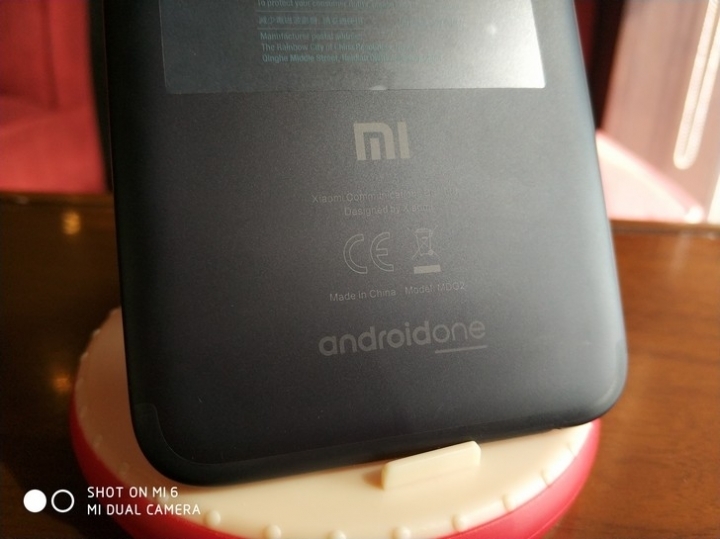 The SIM tray is located on the left side of the phone.You can use 2 nano SIMs at the same time, or 1 nano SIM and 1 microSD card (up to 128 GB).
The SIM tray is located on the left side of the phone.You can use 2 nano SIMs at the same time, or 1 nano SIM and 1 microSD card (up to 128 GB).  On the right-hand side of the device, you'll find the usual power button and the volume key. Similar to other Xiaomi phones.
On the right-hand side of the device, you'll find the usual power button and the volume key. Similar to other Xiaomi phones.
 The infrared port and noise-cancelling microphone are located at the top of the phone.
The infrared port and noise-cancelling microphone are located at the top of the phone.
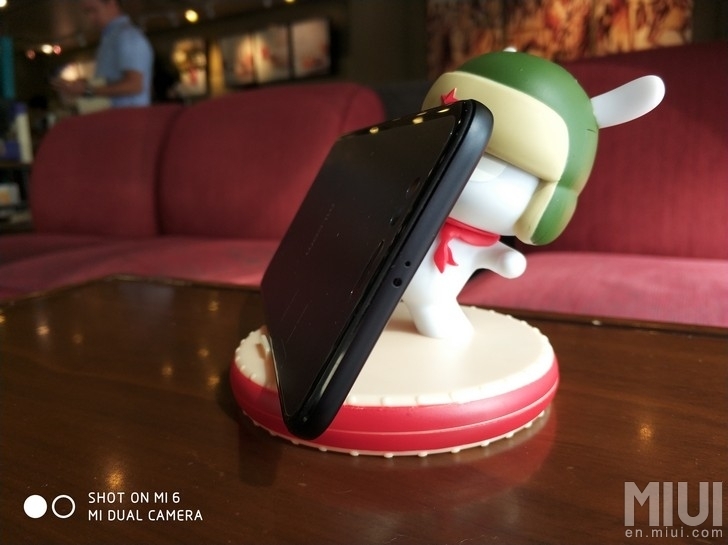 At the back, on the top left, is the dual camera with dual-tone LED flash and the fingerprint sensor. Above the display is the selfie camera, below the 3 capacitive buttons and the white LED indicator light. Yes, I know a lot of people are pulling their lips out about the RGB LED, but it looks like this trend will continue, as we've seen with the Mi 6 and Mi Max 2. The Android One logo is below the traditional Mi logo.
At the back, on the top left, is the dual camera with dual-tone LED flash and the fingerprint sensor. Above the display is the selfie camera, below the 3 capacitive buttons and the white LED indicator light. Yes, I know a lot of people are pulling their lips out about the RGB LED, but it looks like this trend will continue, as we've seen with the Mi 6 and Mi Max 2. The Android One logo is below the traditional Mi logo.
The display is not fixed exclusively by glue (rubber gasket was used), so replacing it will be much easier.
Snapdragon 625
Xiaomi uses the older, Qualcomm Snapdragon 625, as opposed to the fresh 660 and 630 series. This is probably due to the fact that performance, which has been proven in multitasking tasks, and battery management have already been perfectly optimised.
In gaming, performance was adequate, with the GPU handling even the most demanding graphics tasks. The Mi A1 is equipped with an Adreno 506 GPU, which stood the test even under extended testing. Simple games were no match for the SoC, but even an Asphalt 8 ran without a hitch and without a hitch.
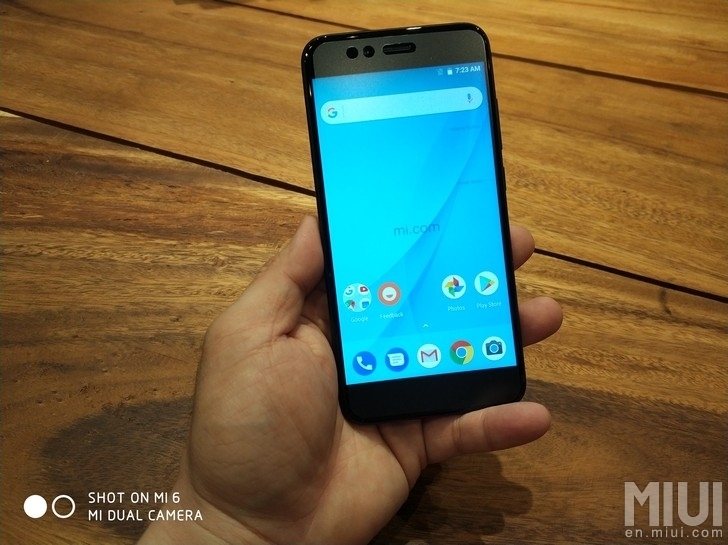 Data communication
Data communication
WiFi connection is excellent, both at 2.4 GHz and 5 GHz. It is capable of 4G+ data connectivity, speeds were ok (it's network based, not dial-up). VoLTE is still not available in the tester's country, so he was unable to test it. Bluetooth connectivity is not a problem, it connected quickly and stably to the Mi Bluetooth sports headphones.
Network support
| 2G: GSM | B2, B3, B5, B8 |
| 3G: WCDMA | B1, B2, B5, B8 |
| 4G: TD-LTE | B38, B40 |
| 4G: FDD-LTE | B1, B3, B4, B5, B7, B8, B20 |
- GPS navigation and positioning
- GPS
- AGPS
- GLONASS
- BEIDOU
- Infrared remote control
- Ambient light sensor
- Giroscope
- Compass
- Accelerometer
- Fingerprint sensor
- Proximity sensor
Audio and video
The sound quality is excellent, the bluetooth connection was not affected by any stuttering or distortion. The 3.5 mm jack socket is not missing, of course, so you can use your favourite earpiece. The speaker sounds clearer, louder and nicer than the Redmi Note 4x. The brightness of the display is sufficient even in sunny conditions. The battery lasted a full movie during the test.
Android One
After the first power-up, you can already see the difference. The boot screen displays the blue-red-yellow-green Androin One brochure, with Xiaomi's official (one of the most expensive domain names ever bought) "mi.com" website address below it. Below that, the Mi logo at the bottom, then switches to the Android One logo before the main screen appears.
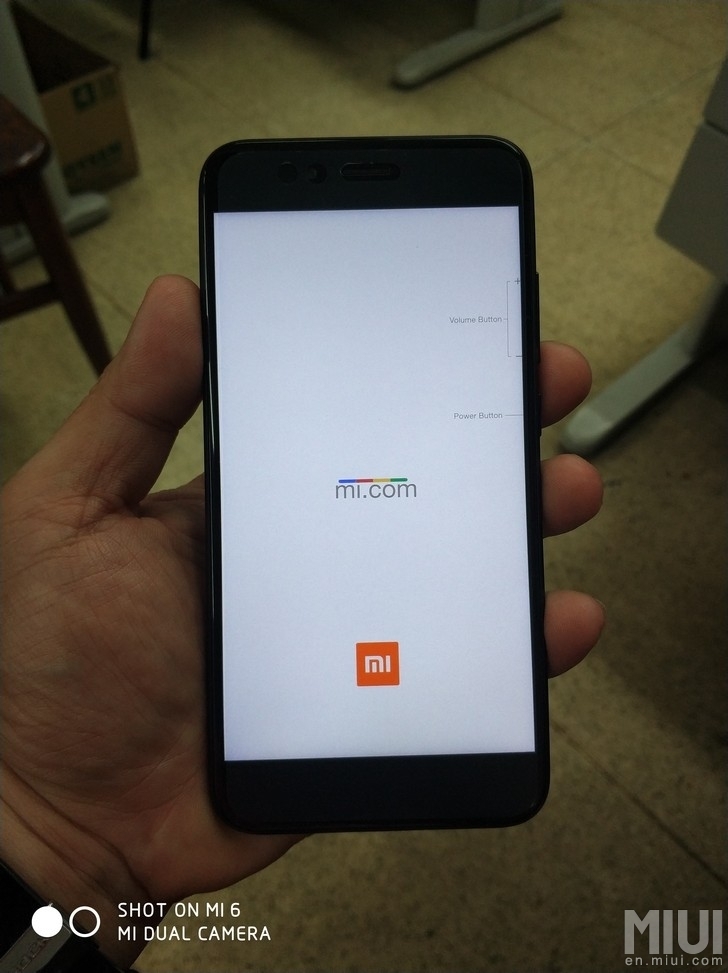
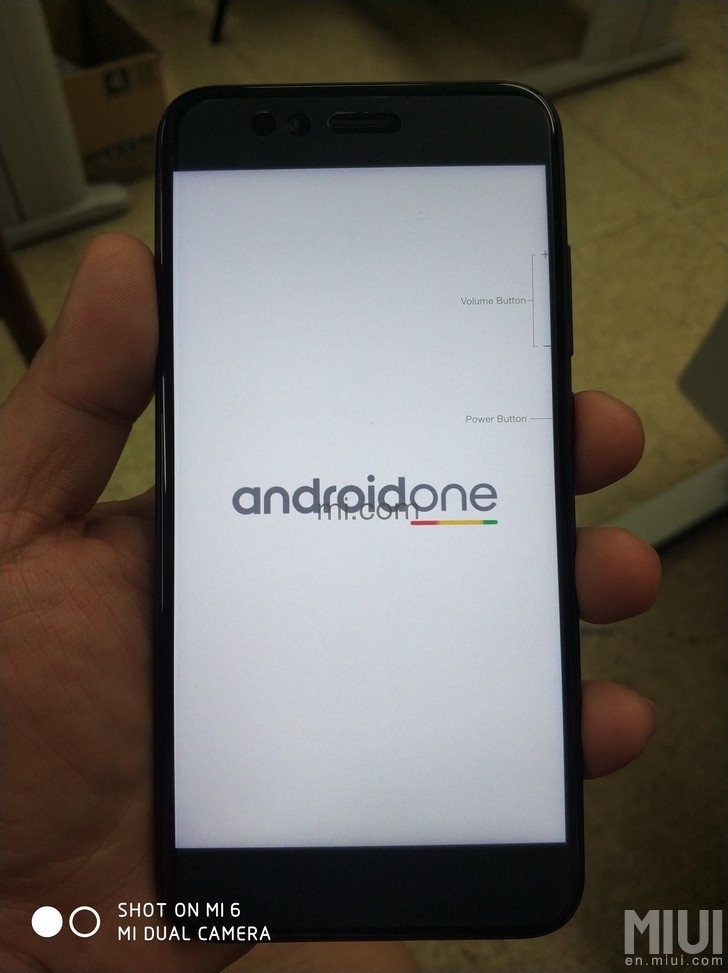
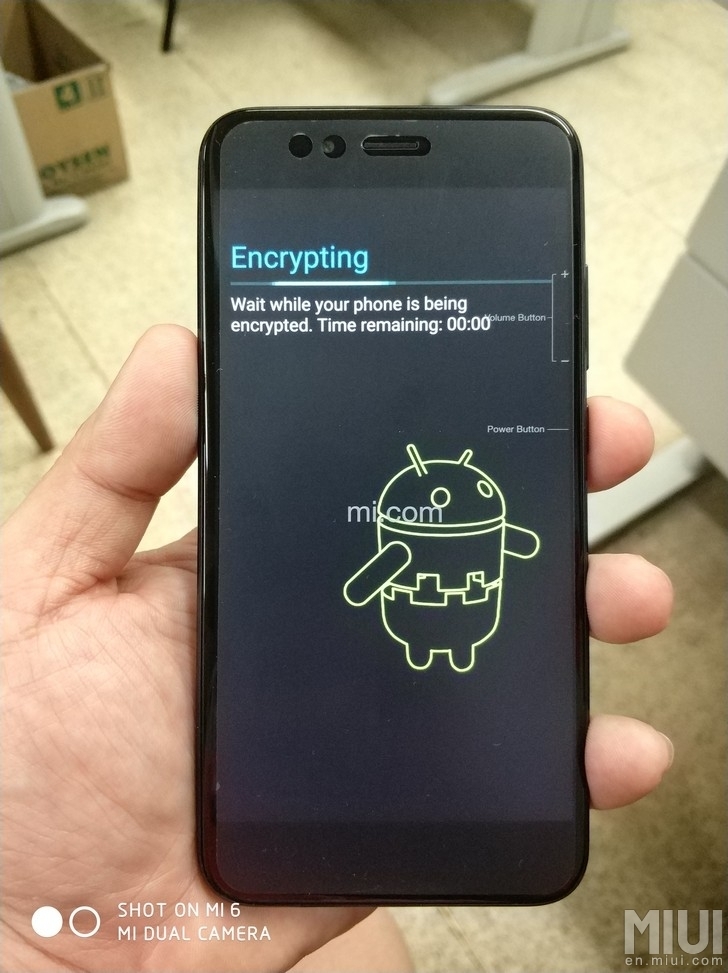
 The setup was very simple. As expected from Google, everything went smoothly, we were now able to access the home screen. It looks very simple and blank. Google Chrome, Gmail and Google Play are all here.
The setup was very simple. As expected from Google, everything went smoothly, we were now able to access the home screen. It looks very simple and blank. Google Chrome, Gmail and Google Play are all here.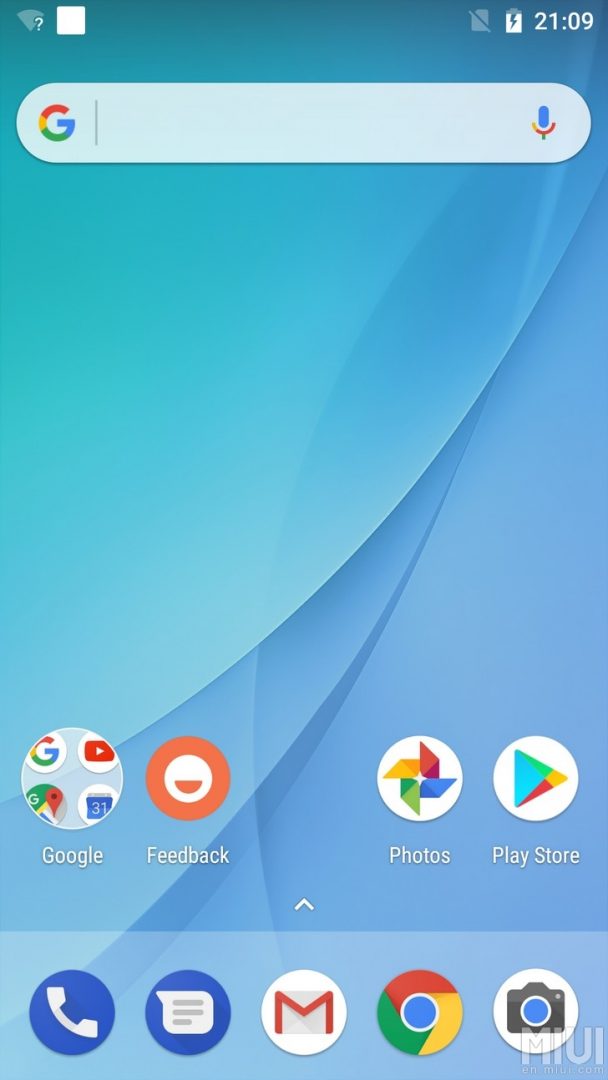 The drop-down notification bar is simple, but setting up the switches is tricky at first. The familiar screenshot taking from MIUI (there are 3 ways) doesn't work here, you have to revert to the old android way of taking a screenshot by holding the Volume Down + Snap button for 1 second. We're so used to the three finger swipe that this may be unusual.
The drop-down notification bar is simple, but setting up the switches is tricky at first. The familiar screenshot taking from MIUI (there are 3 ways) doesn't work here, you have to revert to the old android way of taking a screenshot by holding the Volume Down + Snap button for 1 second. We're so used to the three finger swipe that this may be unusual.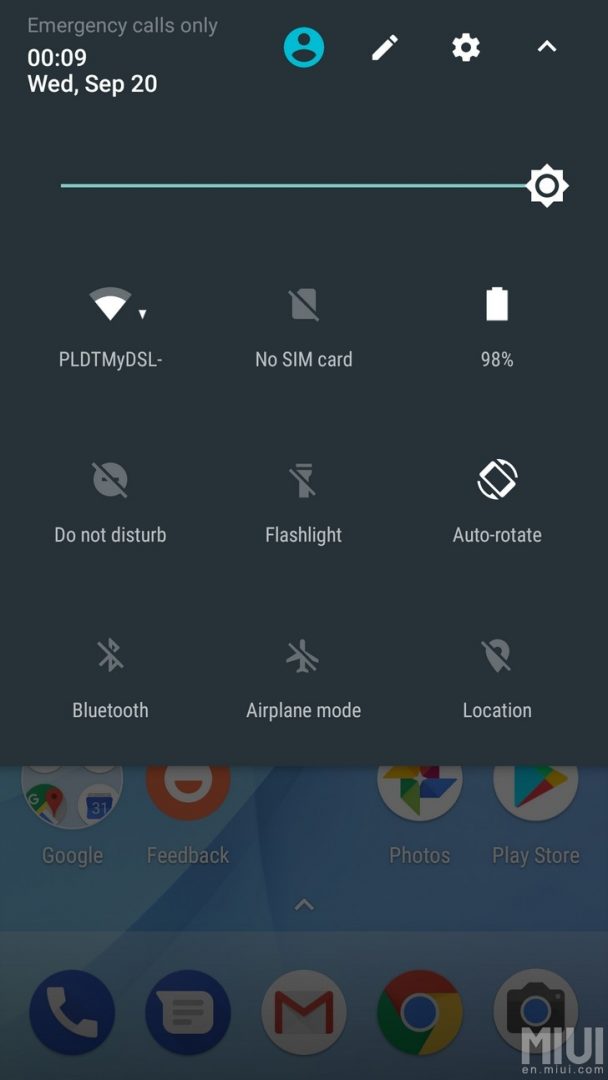
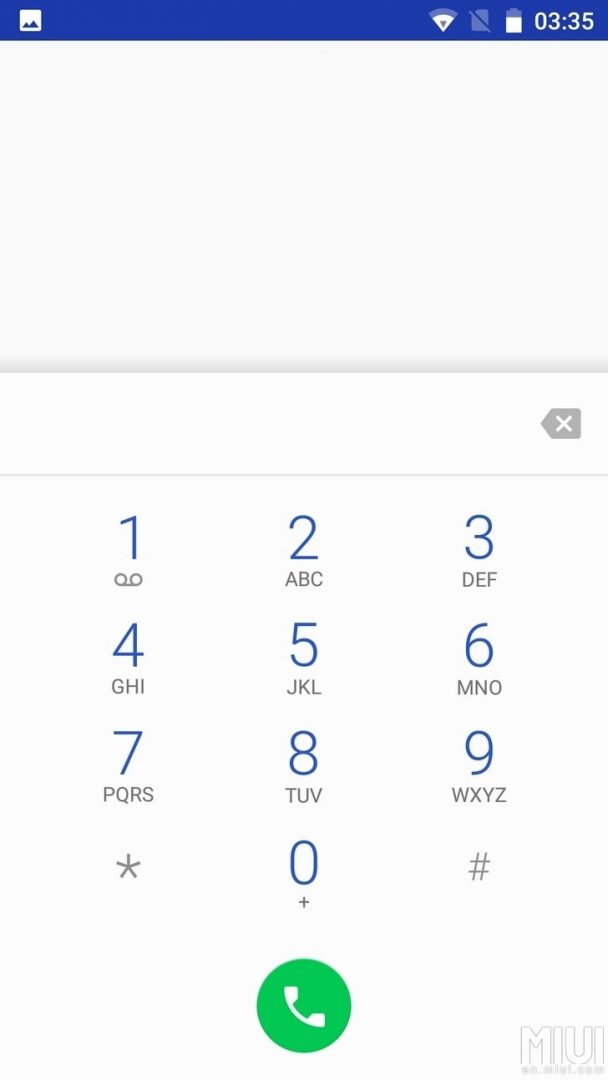



 Camera
Camera
Now comes the testing of my favourite part, the camera. Taking photos, taking photos, and examining the resulting images carefully. On screen, on monitor. Full size, and zoomed in. So you can form an opinion on the camera's capabilities. Looking at the specs, you can see that there are two 12 MP sensors in the depth of field of two lenses with different angles of view. One of these is equipped with a wide-angle lens, the other with a telephoto lens. The combination of these ensures that you always get a clear and sharp image. Nowadays, bokeh mode, i.e. blurring the background, is very fashionable. Until now, this could only be done properly with telephoto cameras. But nowadays it's becoming increasingly fashionable, especially among flagships. A cheaper - but horrible - solution is software scrubbing, which is favoured by up-and-coming (smaller Chinese) brands. In this case, software facial recognition and a moderately efficient algorithm try to detect your face (or the object in the foreground) and wash away the surrounding area. We won't go on, it's a forgettable and unnecessary fiddle. This is contradicted by the Google Pixel 2 solution announced this week, something Huawei is also getting cleverer at solving with a single camera. But remember, these are top-end phones.
Taking the Mi 6 camera quality as a starting point, let's see how the Mi A1's camera performs.
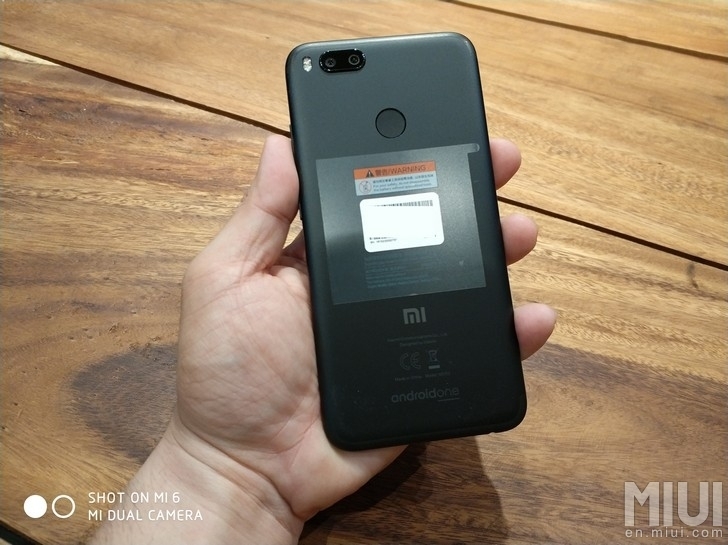 Before publishing the photos, the use of Omnivision and Samsung sensors is worth mentioning.
Before publishing the photos, the use of Omnivision and Samsung sensors is worth mentioning.
You can also use the camera in manual mode, with ISO exposure times of 1/15 and 3200. In manual mode, you can switch between wide-angle lens or telephoto lens.
Manual camera modes:
- White balance
- Focus
- Exposure time: max 1 / 15s (not enough, because in Mi 5s we can increase the exposure time up to 32s)
- ISO 3200
- Lens angle of view: wide (26 mm) or full (50 mm)
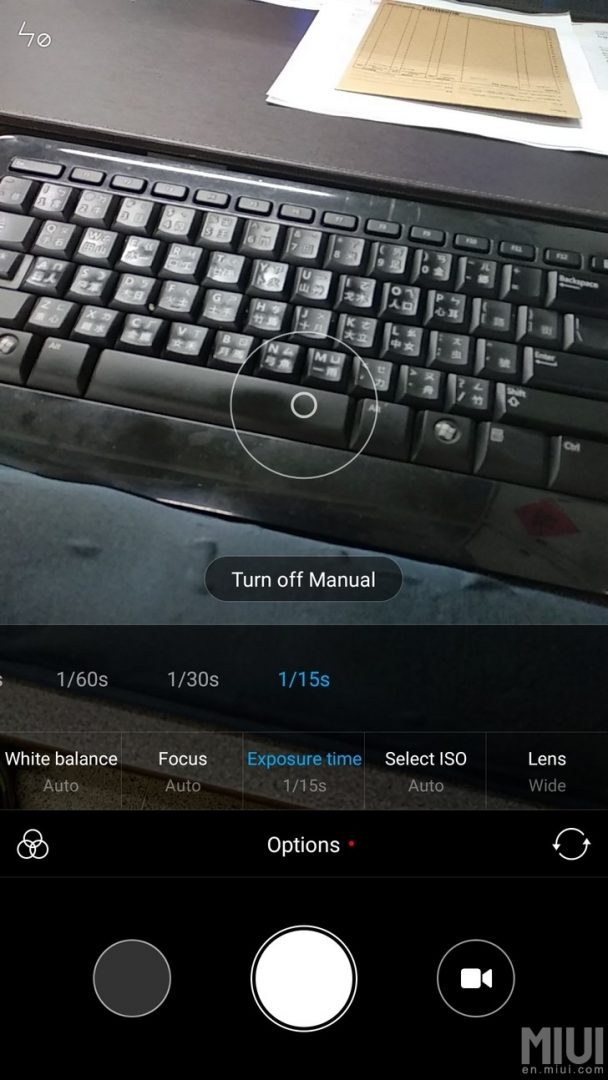

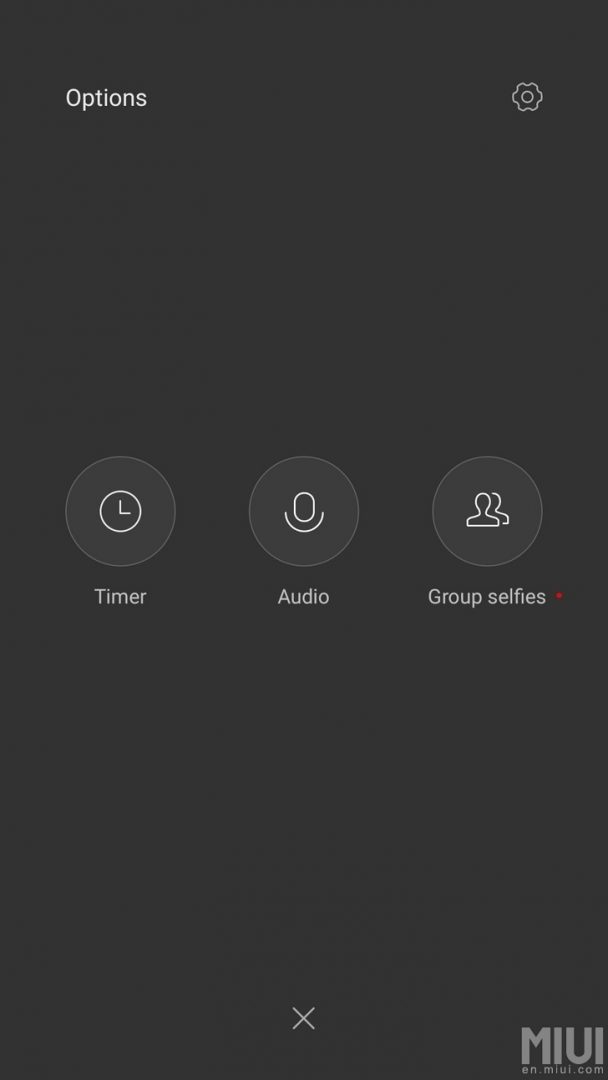
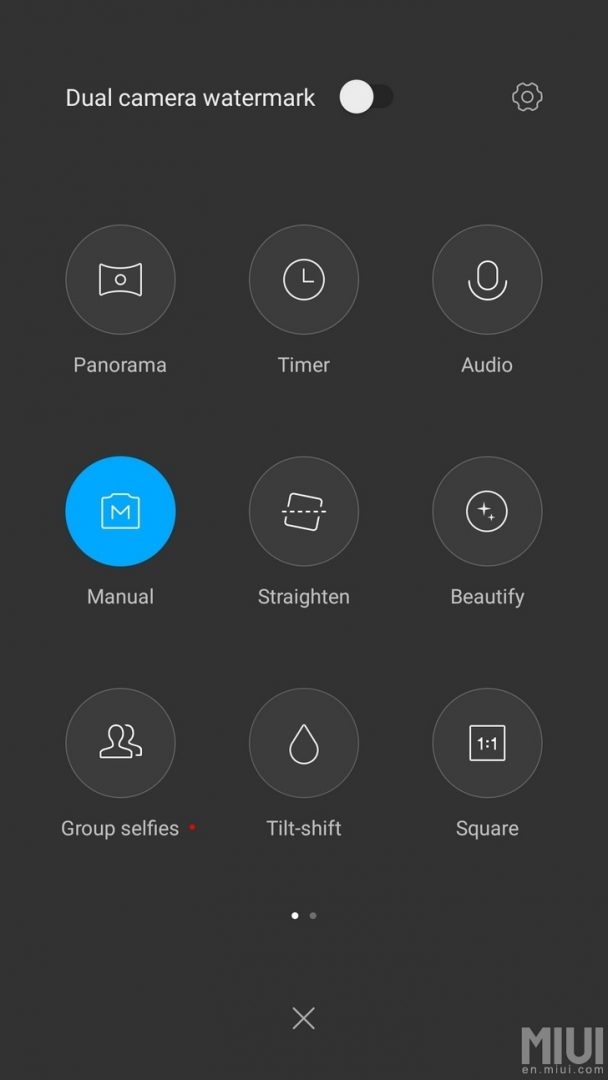 Test photos:
Test photos:
Attention! In the test I have applied a small twist. Below the Mi A1 photos (with a clearly visible watermark), I've also included photos of the Mi Note 3 from the same place. I think you can clearly see the difference.
In low light:

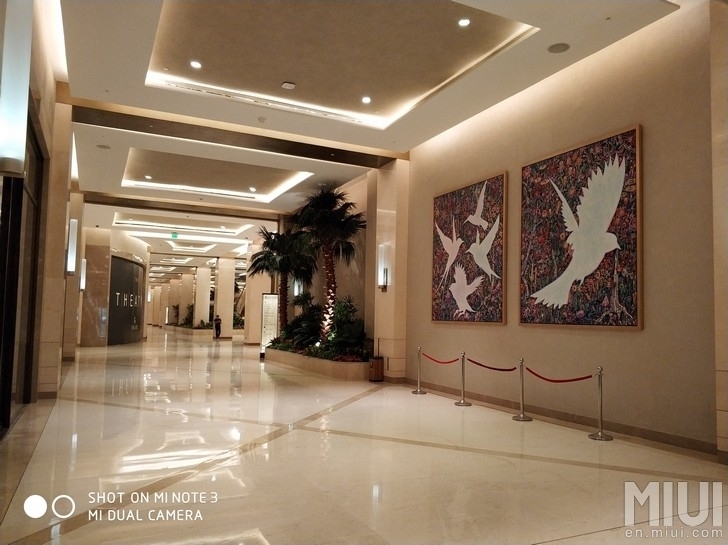

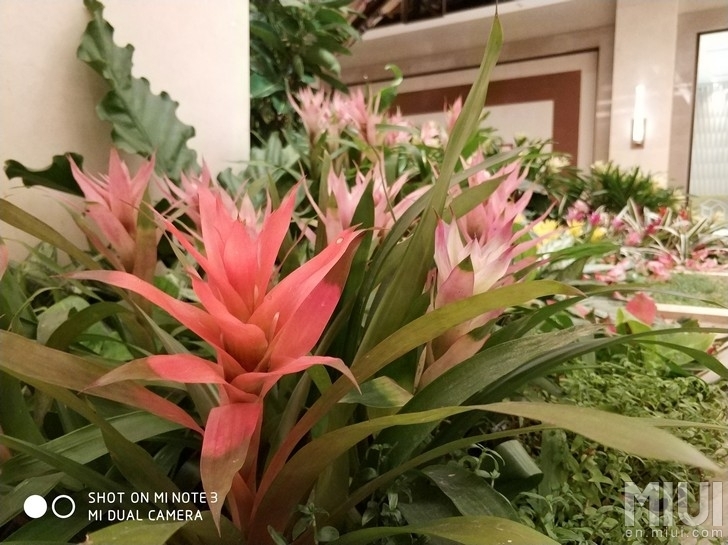



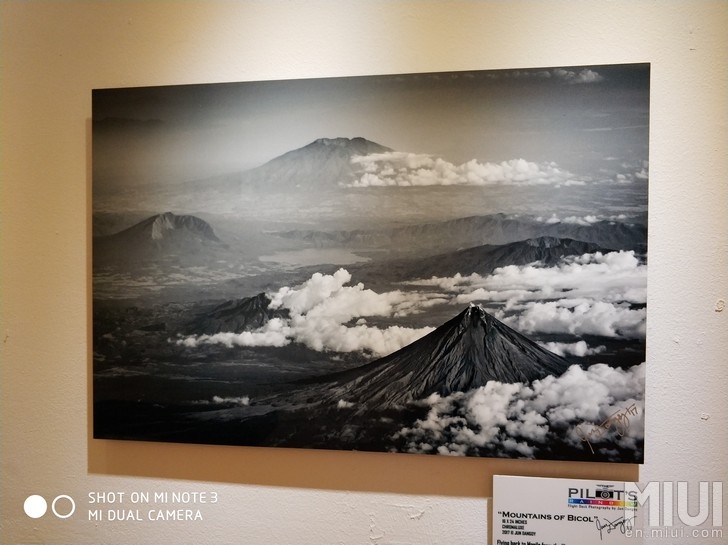






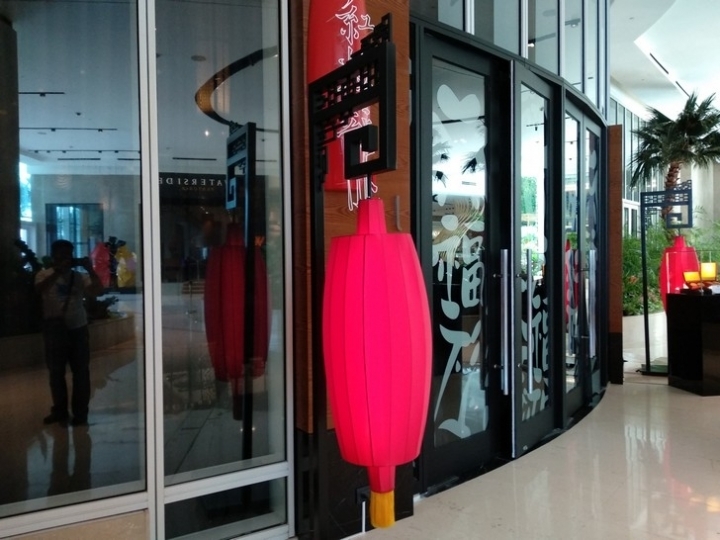
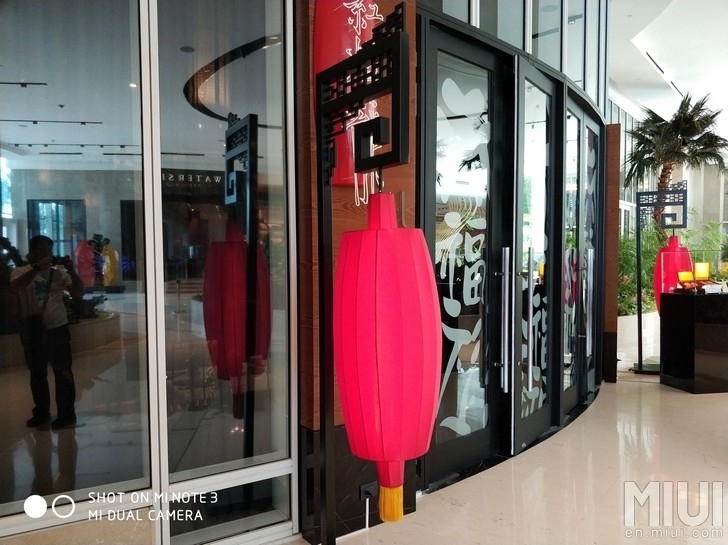



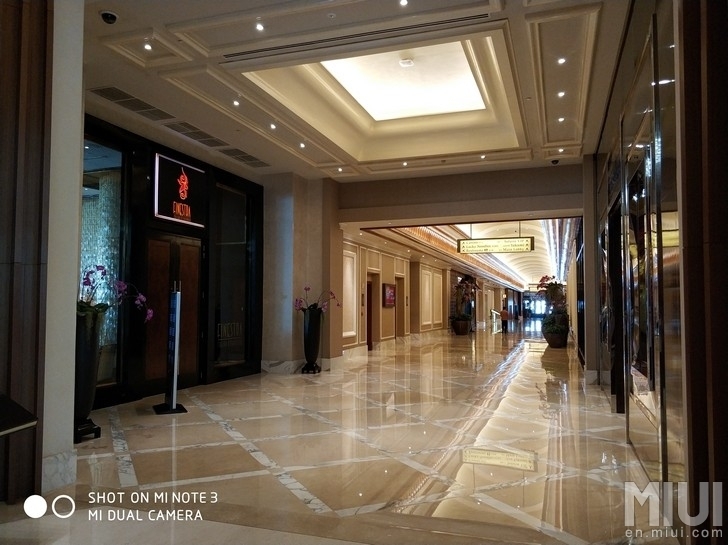



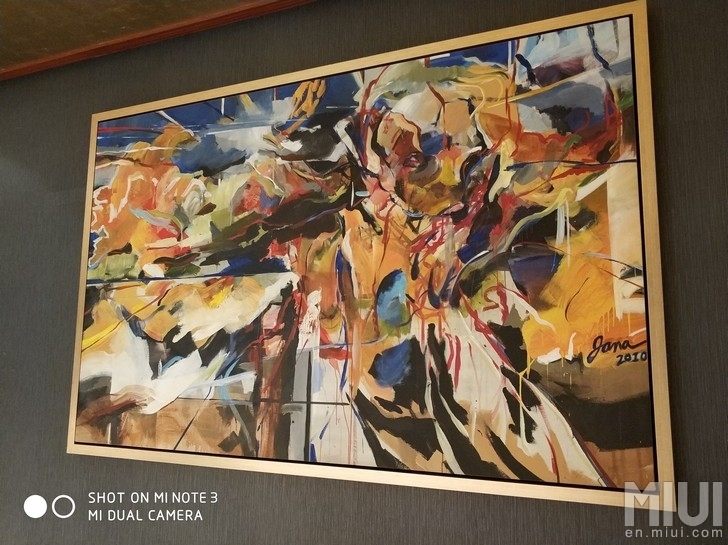



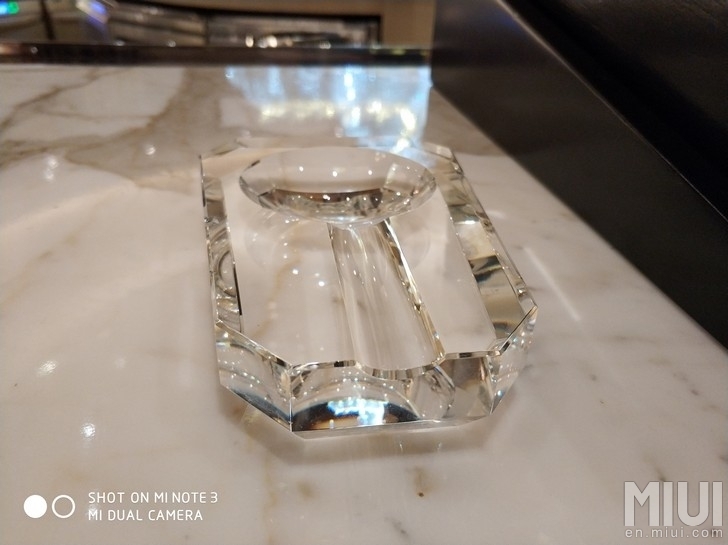




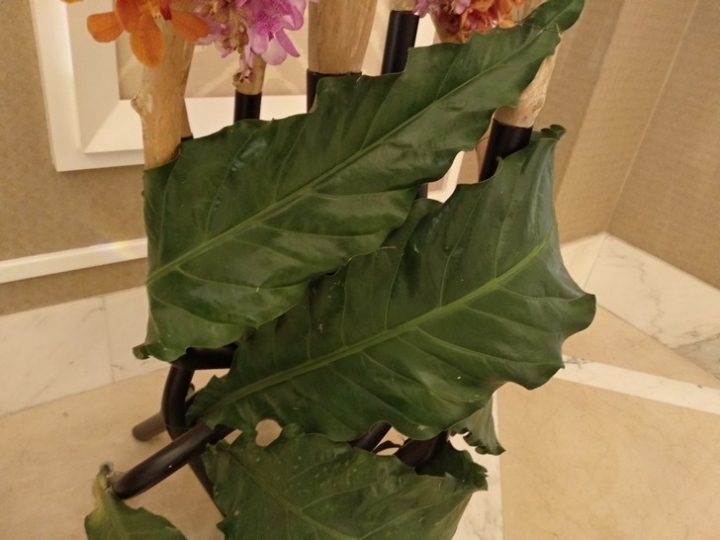
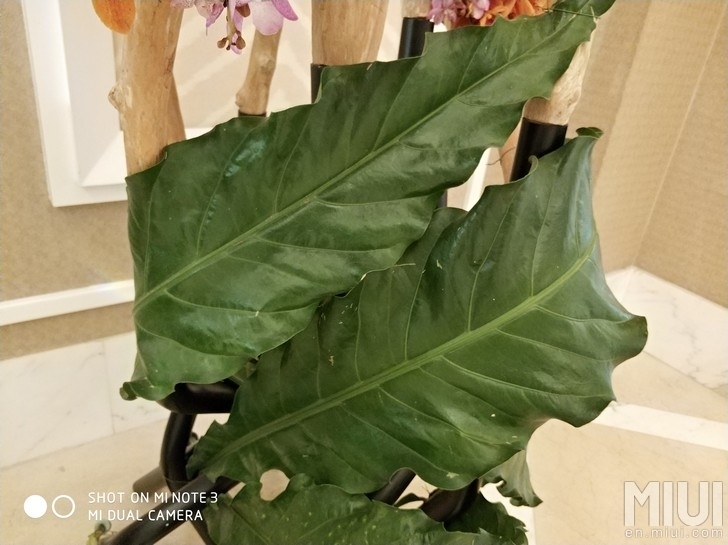 Under optimal lighting conditions:
Under optimal lighting conditions:
Bokeh photos:
 The camera took good pictures of bright and well-lit subjects, but it bled in low light. Both the Mi 6, Mi Max 2 and Mi Note 3 take better pictures by leaps and bounds. Despite all the hype, the promises and Google's own algorithm, the photos don't convince. I should note here that some of the images in the tester's gallery were suspiciously lifeless. The images have been compressed, so I cannot draw any realistic conclusions. All I would say is that it does what is expected at the price point. Maybe this will improve, or maybe the Hungarian tests will give a more realistic picture of the photography capabilities. (If you own a Mi A1, share your photos with us in the "Hungarian Xiaomi News, Interesting Facts" face group. If you would like to see it in full size here in the article, contact us at one of our contacts and I'll add it to the article.)
The camera took good pictures of bright and well-lit subjects, but it bled in low light. Both the Mi 6, Mi Max 2 and Mi Note 3 take better pictures by leaps and bounds. Despite all the hype, the promises and Google's own algorithm, the photos don't convince. I should note here that some of the images in the tester's gallery were suspiciously lifeless. The images have been compressed, so I cannot draw any realistic conclusions. All I would say is that it does what is expected at the price point. Maybe this will improve, or maybe the Hungarian tests will give a more realistic picture of the photography capabilities. (If you own a Mi A1, share your photos with us in the "Hungarian Xiaomi News, Interesting Facts" face group. If you would like to see it in full size here in the article, contact us at one of our contacts and I'll add it to the article.)
The front-facing camera is no problem, and selfies - with the usual embellishments - are average. The results are very similar to the Mi 5X, as the same camera unit is found in both. The advertised nice portrait shots will be achieved with manual fiddling rather than automatic.
Battery life, measured values:
 The Mi 5x scored 62.948 out of the box on the AnTuTu benchmark test, while the Mi A1 scored 63.186, which is only slightly higher than the Mi 5X. So, the MIUI team did a good job, Google's stock system couldn't do any better. If you want a more powerful dual camera phone, go for the Mi 6.
The Mi 5x scored 62.948 out of the box on the AnTuTu benchmark test, while the Mi A1 scored 63.186, which is only slightly higher than the Mi 5X. So, the MIUI team did a good job, Google's stock system couldn't do any better. If you want a more powerful dual camera phone, go for the Mi 6.And here comes the price:
The price is currently around $228 in China. In Italy it sells for 220 euros ($258). In Poland it's $354. For that price, the Mi 5 is still a better choice, even though it's last year's model. For those who prefer the iPhone 7 in design, the A1 is recommended, of course, because the Mi 5X was not designed for us. The Mi A1's main strength is the stock Andriod system, its ease of use.

















